Posted by: Kalorintschi
The International Space Station is a place of research and intercultural understanding
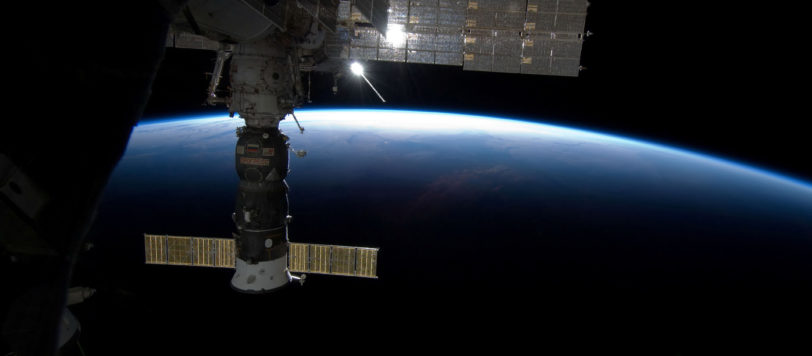
Since the start of its construction in 1998, the ISS has continued growing and now flies at an altitude of 400 km above Earth’s surface, a structure the size of the Old Trafford football stadium. This makes a man-made structure the third brightest object in the night sky. Every day it circles the earth approimately every 92 minutes which enables the astronauts to experience up to 16 sun- and sunsets. The ISS is operated in a unique international cooperation by the space agencies of Russia (Roskosmos), USA (NASA), Europe (ESA), Japan (JAXA) and Canada (CSA).
On the ISS, astronauts can still move freely between the modules without the need for a visa to travel from Russia to America. Other countries have cooperations or apply directly to become part of this unique project.
.png)
I
Since November 2000, the ISS has been permanently manned – by more than 230 people from 18 countries. There are 6 science modules available for the astronauts for experiments. In addition to the uniqueness of this permanently inhabited habitat in space and the associated challenges, the ISS above all serves as a research platform.
The unique conditions such as permanent microgravity, lower atmospheric shielding or the surrounding vacuum make it possible to conduct experiments and research on the ISS that would not be possible on Earth. In addition to the experiments inside the ISS, experimental platforms can be installed outside the ISS to expose materials and biological samples to longer-term space conditions, such as vacuum, increased UV radiation, cosmic rays and extreme temperature differences. Astronomy, physics, materials science, biology, human medicine, earth observation and flora are only the main areas of research activity on the ISS.In addition to making a significant contribution to manned spaceflight, this research is helping to improve and better understand life on Earth.
For example, the Solar Monitoring Observatory” (SOLAR) investigates fluctuations in solar radiation, which also influence the climate on Earth. In a large number of experiments, proteins were crystallized that could not be crystallized in this size and purity on Earth. Many protein crystals produced on the ISS enable the structural elucidation of this protein, which is an important step in drug development. For example, the protein LRRK2, which plays an important role in Parkinson’s disease, was crystallized on the ISS in December.
.png)
Thus, it remains to be hoped that outer space and the ISS will continue to serve for a better understanding of the Earth, and coninues to be the place of international understanding and collaboration that it is.
Your Space Origami Crew

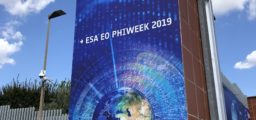
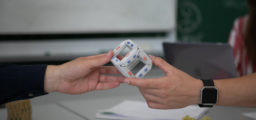
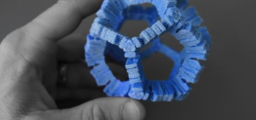

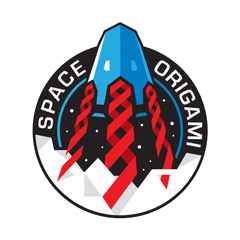
Comments are closed.